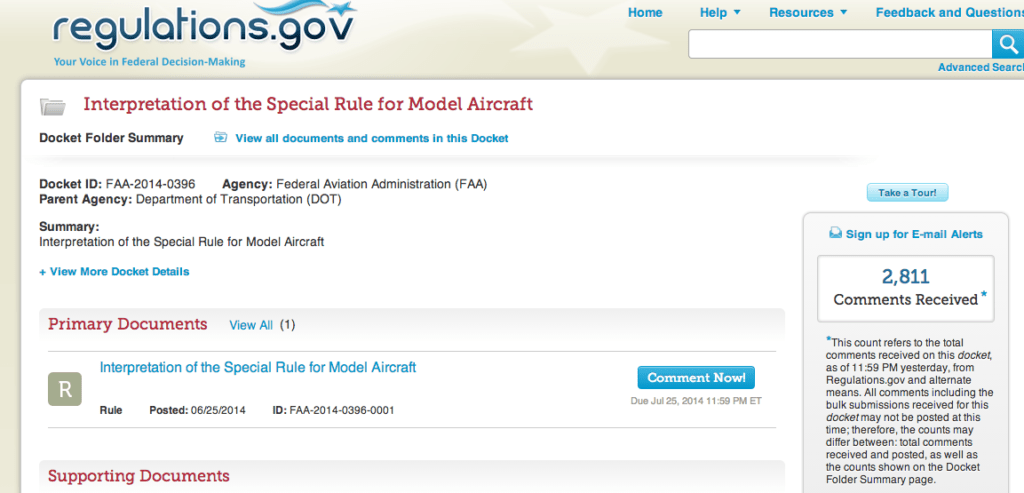from Forbes
Users of consumer drones and model aircraft aren’t afraid to share their ideas and imagery in social media. Surprisingly though, these users have been largely silent when it comes to protecting their hobby from pending Federal Aviation Administration rules — rules that threaten to curtail many uses of the exciting new devices.
Drone users are oftentimes quick to comment when a government official with the FAA or the National Park Service tells them they can’t use their cool toy somewhere. Realtors, photographers and other potential commercial users have expressed dismay over the FAA’s backwards regulations which allow flying for fun, but not flying for work.
Drone users are also good at organizing to share everything from photos to techniques. The DIY Drones user group has more than 55,000 members. The Quadcopters Facebook group has over 2,400 members, and the UAV Legal News and Discussion group on Facebook has more than 1,000 members. DJI, the maker of the popular DJI Phantom quadcopter has over 72,000 Twitter followers and 3D Robotics has more than 13,000. Those two companies combined sell tens of thousands of consumer drones each month, who knows how many more Parrot, the maker of the AR.Drone and dozens of other manufacturers sell. Some blog posts on drones receive hundreds of comments, and thousands of social media shares. Drone users are certainly active in some places on the web, but they have dedicated very little of their attention towards influencing public policy.
As a supporter of the nascent industry and the decades old hobby, I’m baffled by the lack of pushback against the FAA by otherwise very vocal people. With just 15 days left before the FAA’s comment period on model aircraft rules closes, tens of thousands of drone users have been largely silent. For those unfamiliar with FAA regulations, a little background is necessary. On June 23, 2014 the FAA released their Interpretation of the Special Rule For Model Aircraft. That interpretation is open for public comment until July 25, 2014. Once the comment period closes, the FAA will consider public input (and the degree of public interest) and finalize their interpretation. The game is largely over at that point, as there will be very few opportunities (short of lawsuits) for the drone community to push back against the FAA’s rule. The stakes are high, yet to date a mere 2,811 comments have been received on the proposed regulation.
Continue Reading at Forbes.com…
Alan is serial entrepreneur, active angel investor, and a drone enthusiast. He co-founded DRONELIFE.com to address the emerging commercial market for drones and drone technology. Prior to DRONELIFE.com, Alan co-founded Where.com, ThinkingScreen Media, and Nurse.com. Recently, Alan has co-founded Crowditz.com, a leader in Equity Crowdfunding Data, Analytics, and Insights. Alan can be reached at alan(at)dronelife.com
